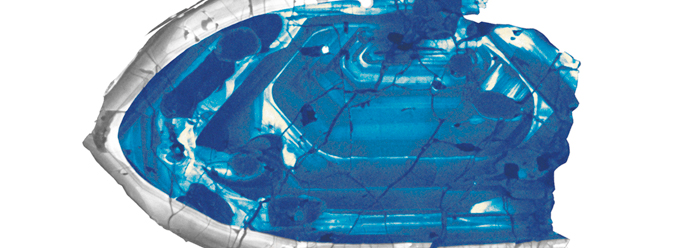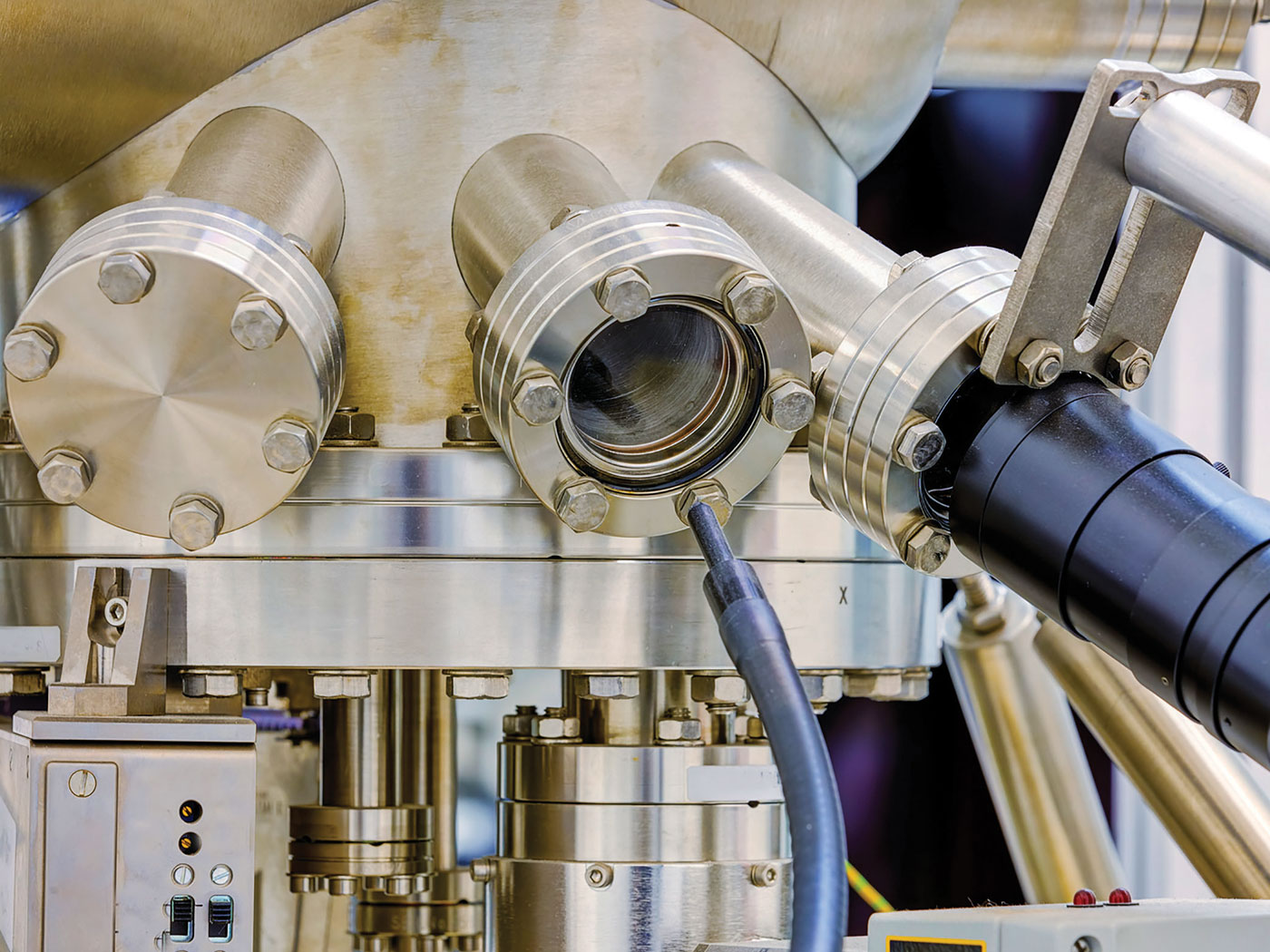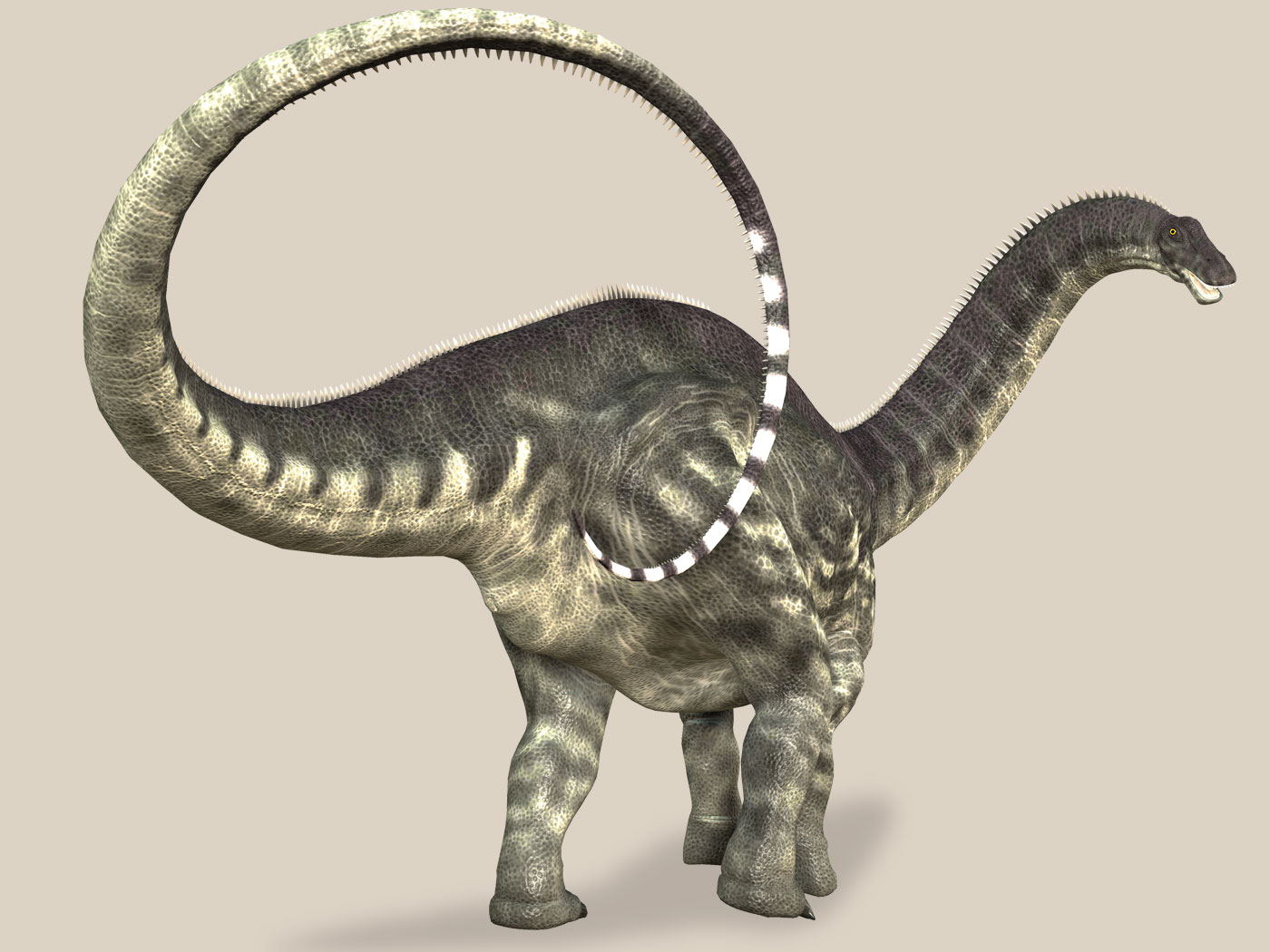New experiments done this year for the RATE project1 strongly support a young earth. This article updates results announced in an ICR Impact article last year2 and documented at a technical conference last summer.3 Our experiments measured how rapidly nuclear-decay-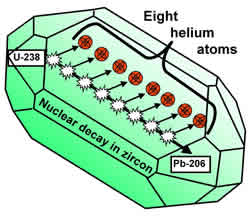 generated Helium escapes from tiny radio-active crystals in granite-like rock. The new data extend into a critical range of temperatures, and they resoundingly confirm a num-erical prediction we published several years before the experiments.4 The Helium loss rate is so high that almost all of it would have escaped during the alleged 1.5 billion year uniformitarian5 age of the rock, and there would be very little Helium in the crystals today. But the crystals in granitic rock presently contain a very large amount of Helium, and the new experiments support an age of only 6000 years. Thus these data are powerful evidence against the long ages of uniformitarianism and for a recent creation consistent with Scripture. Here are some details:
generated Helium escapes from tiny radio-active crystals in granite-like rock. The new data extend into a critical range of temperatures, and they resoundingly confirm a num-erical prediction we published several years before the experiments.4 The Helium loss rate is so high that almost all of it would have escaped during the alleged 1.5 billion year uniformitarian5 age of the rock, and there would be very little Helium in the crystals today. But the crystals in granitic rock presently contain a very large amount of Helium, and the new experiments support an age of only 6000 years. Thus these data are powerful evidence against the long ages of uniformitarianism and for a recent creation consistent with Scripture. Here are some details:
Radioactive crystals make and lose Helium
These radioactive crystals, called zircons, are common in granitic rock. As a zircon crystal grows in cooling magma, it incorporates Uranium and Thorium atoms from the magma into its crystal lattice. After a zircon is fully formed and the magma cools some more, a crystal of black mica called biotite forms around it. Other minerals, such as quartz and feldspar, form adjacent to the biotite.
The Uranium and Thorium atoms inside a zircon decay through a series of intermediate elements to eventually become atoms of Lead. Many of the inter-mediate nuclei emit alpha particles, which are nuclei of Helium atoms. For zircons of the sizes we are considering, most of the fast-moving alpha particles slow to a stop within the zircon. Then they gather two electrons apiece from the surrounding crystal and become Helium atoms. Thus a Uranium 238 atom produces eight Helium atoms as it becomes a Lead 206 atom. (See diagram.)
Helium atoms are lightweight, fast-moving, and do not form chemical bonds with other atoms. They move rapidly between the atoms of a material and spread themselves as far apart as possible. This process of diffusion, theoretically well-understood for over a century, makes Helium leak rapidly out of most materials.
Natural zircons still contain much Helium
In 1974, in the Jemez Mountains of northern New Mexico, geoscientists from Los Alamos National Laboratory drilled a borehole several miles deep into the hot, dry granitic rock to determine how suitable it would be as a geothermal energy source. They ground up samples from the rock cores, extracted the zircons, and measured the amount of Uranium, Thorium, and Lead in the crystals. From those data they calculated that 1.5 billion years worth of nuclear decay had taken place in the zircons,6 making the usual uniformitarian assumption that decay rates have always been constant.7
Then they sent core samples from the same borehole to Oak Ridge National Laboratory for analysis. At Oak Ridge, Robert Gentry (a well-known creationist) and his colleagues extracted the zircons, selected crystals between 50 and 75 µm (0.002 to 0.003 inches) long, and measured the total amount of Helium in them. They used the Los Alamos Uranium-Lead data to calculate the total amount of Helium the decay had produced in the zircons. Comparing the two values gave the percentage of Helium still retained in the zircons, which they published in 1982.8
Their results were remarkable. Up to 58 percent of the nuclear-decay-generated Helium had not diffused out of the zircons. The percentages decreased with increasing depth and temperature in the borehole. That confirms diffusion had been happening, because the rate of diffusion in any material increases strongly with temperature. Also, the smaller the crystal, the less Helium should be retained. These zircons were both tiny and hot, yet they had retained huge amounts of Helium!
Experiments verify RATE prediction
Many creationists believed it would be impossible for that much Helium to remain in the zircons after 1.5 billion years, but we had no measurements of diffusion rates to substantiate that belief. As of 2000 the only reported Helium diffusion data for zircons9 were ambiguous. So in that year, the RATE project commissioned experiments to measure Helium diffusion in zircon (as well as biotite) from the same borehole. The experimenter was one of the world's foremost experts in Helium diffusion measurements in minerals.
At the same time, we estimated the diffusion rates that would be necessary to get Gentry's observed Helium retentions for two different zircon ages: (a) 6000 years, and (b) 1.5 billion years. Then in the year 2000 we published the two sets of rates as "Creation" and "Evolution" models in our book outlining the RATE project goals.10
The next year, 2001, we received a preprint of a paper reporting data on zircons from another site. In 2002 we received zircon data for our 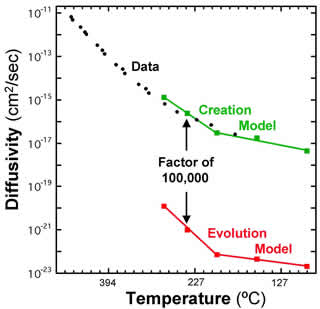 site from our experimenter. Both sets of data cover a temperature range of 300º to 500º C, which is somewhat higher than the temperature range of Gentry's data and our prediction, 100º to 277º C. Both sets agree with each other and, while not overlapping our "Creation" model, both lined up nicely with it. We reported these data in a technical paper that the editors of the Fifth International Conference on Creationism11 accepted for publication in their Proceedings.12
site from our experimenter. Both sets of data cover a temperature range of 300º to 500º C, which is somewhat higher than the temperature range of Gentry's data and our prediction, 100º to 277º C. Both sets agree with each other and, while not overlapping our "Creation" model, both lined up nicely with it. We reported these data in a technical paper that the editors of the Fifth International Conference on Creationism11 accepted for publication in their Proceedings.12
In July 2003, just one month before the conference, we received a new set of zircon and biotite data from our experimenter. These data were much more useful to us, in three ways: (1) these zircons were 50 to 75 µm in length, (2) both zircons and biotite came from a 1490 meter depth, (3) the zircon diffusion rate data went down to 175º C. Items (1) and (2) mean that these zircons matched Gentry's exactly, being from the same borehole, rock unit, depth range, and size range. Item (3) means the diffusion rate data now extend well into the temperature range of our models.
These new data13 agree very well with our "Creation" model prediction, as the figure shows. Moreover, the diffusion rates are nearly 100,000 times higher than the maximum rates the "Evolution" model could allow, thus emphatically repudiating it.
New data closes loopholes
The experimenter also accurately measured the total amounts of Helium in both the zircons and in the surrounding flakes of biotite. This ties up some loose ends for our case: (1) The total amount of Helium in the zircons confirms Gentry's retention measurements very well. (2) Our measurements show that the Helium concentration was about 300 times higher in the zircons than in the surrounding biotite. This confirms that Helium was diffusing out of the zircons into the biotite, not the other way around. (3) The total amount of Helium in the biotite flakes (which are much larger than the zircons) is roughly equal to the amount the zircons lost.
Compare this situation to an hourglass whose sand represents the Helium atoms: We have data (from Uranium and Lead) for the original amount in the top (zircon), the present amount in the top, the present amount in the bottom (biotite), and the rate of trickling (diffusion) between them. That makes our case very strong that we are reading the Helium "hourglass" correctly.
The zircons are young
The new data allow us to calculate more exactly how long diffusion has been taking place. The result is 6000 (± 2000) years—about 250,000 times smaller than the alleged 1.5 billion year Uranium-Lead age. This and other exciting new developments in RATE projects are confirming our basic hypothesis: that God drastically speeded up decay rates of long half-life nuclei during the Genesis Flood and other brief periods in the earth's short history. Such accelerated nuclear decay collapses the uniformitarian "ages" down to the Scriptural timescale of thousands of years.
Endnotes and References
- RATE stands for "Radioisotopes and the Age of the Earth," a research initiative launched in 1997 jointly by the Institute for Creation Research, the Creation Research Society, and Answers in Genesis. See book in ref. 4, and numerous pages about the RATE project at www.icr.org.
- D. R. Humphreys, "Nuclear Decay: Evidence for a Young World," ICR Impact No. 352, October 2002. Archived at /articles/imp/imp-352.htm.
- D. R. Humphreys, S. A. Austin, J. R. Baumgardner, and A. A. Snelling, "Helium diffusion rates support accelerated nuclear decay," Proceedings of the Fifth International Conference on Creationism, (Pittsburgh, PA: Creation Science Fellowship, 2003) pp. 175-195. Archived at http://www.icr.org/research.
- D. R. Humphreys, "Accelerated nuclear decay: A viable hypothesis?" in Radioisotopes and the Age of the Earth: A Young-Earth Creationist Research Initiative, L. Vardiman, A. Snelling, and E. Chaffin, editors (San Diego, CA: Institute for Creation Research and the Creation Research Society, 2000)
p. 348, fig. 7. Book information at: http://www.icr.org. - Uniformitarians assume that "all things continue as they were from the beginning of the creation" (II Peter 3:4), without interventions by God which might drastically affect the rates of some physical processes.
- R. E. Zartman, "Uranium, thorium, and lead isotopic composition of biotite granodiorite (Sample 9527-2b) from LASL Drill Hole GT-2," Los Alamos Scientific Laboratory Report LA-7923-MS, 1979.
- The 1.5 billion year uranium-lead date was consistent with uniformitarian geological expectations for the age of the Precambrian "basement" rock from which the zircons came.
- R. V. Gentry, G. J. Glish, and E. H. McBay, "Differential helium retention in zircons: implications for nuclear waste management," Geophysical Research Letters 9(10): 1129-1130, October 1982.
- Sh. A. Magomedov, "Migration of radiogenic products in zircon," Geokhimiya, 1970, No. 2, pp. 263-267 (in Russian). English abstract in Geochemistry International 7(1): 203, 1970. English translation available from D. R. Humphreys.
- See ref. 4 for the prediction.
- Conference website at http://www.icc03.org.
- See ref. 3 for technical details.
- We plan to report these new data in detail in future technical publications, particularly in a paper to be submitted to the Creation Research Society, and also in the final report of the RATE project two years from now.
*When this article was written, Dr. Humphreys was an Associate Professor of Physics at ICR.
Cite this article: Humphreys, D. R. 2003. New RATE Data Support a Young World. Acts & Facts. 32 (12).




